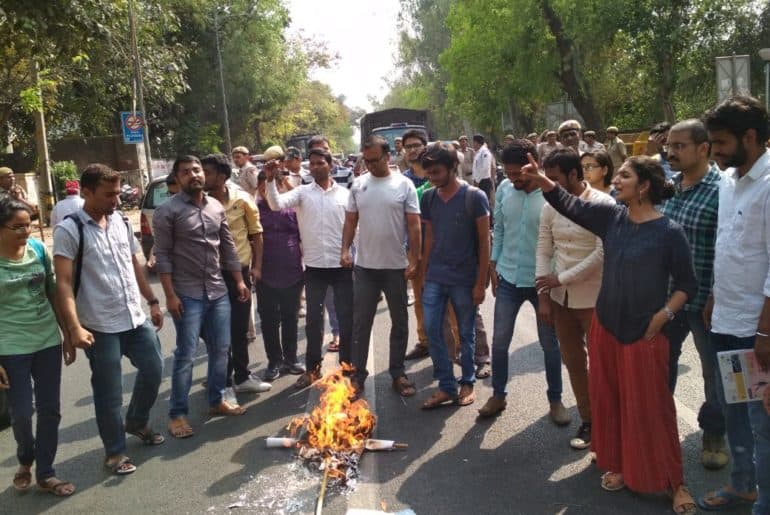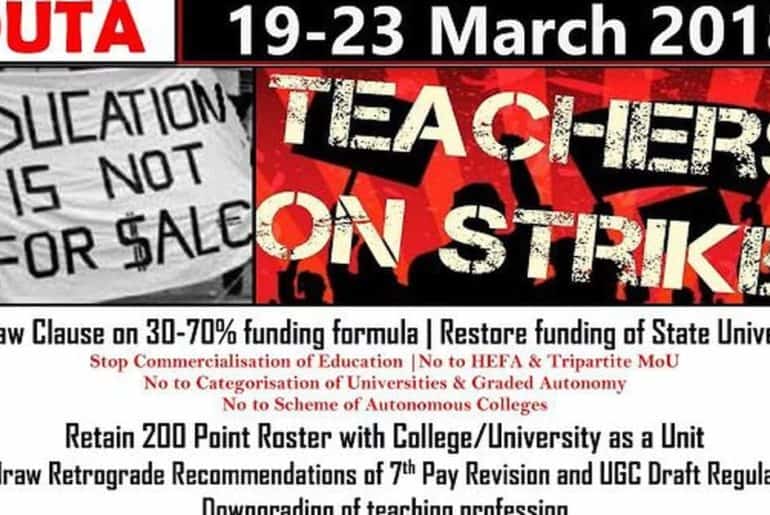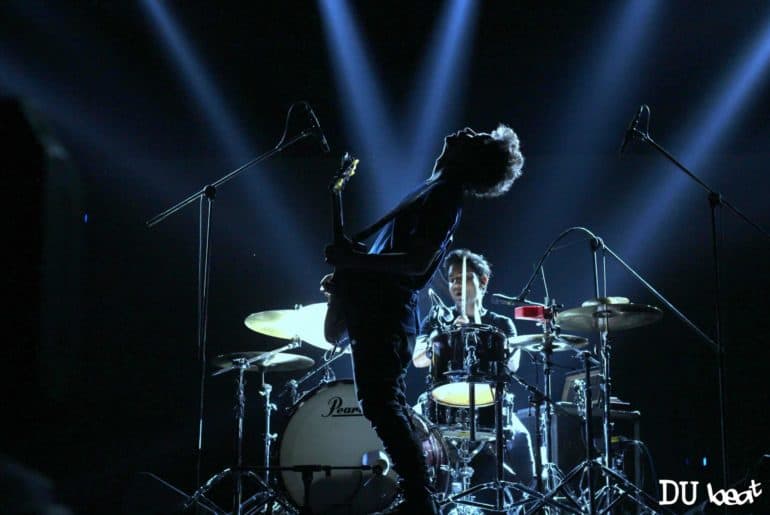Portrait Photography or Portraiture, the skills of photographing a subject using lights and backdrops is a skill most photographers are unable to master. Portraiture can be improved upon by incorporating certain tools and skills into ones routine.

Portrait photography or Portraiture in photography is a photograph of an individual that attempts to encapsulate the essence of the subject by using effective tools like backdrops, poses, and imagery. Portrait Photography continues to be a skill that most photographers find trouble at perfecting. The tricky nature of it, along with lack of information makes people have a myopic perspective of what it is. Portrait Photography can be made interesting and can produce diverse compositions if one learns the additional hacks required to perfect it. Read on to know more about the same.

- Interact with your subject – It is important to build a rapport and make your model comfortable. If your model does not feel comfortable, then that discomfort would reflect in the final shots. Instead of shooting away silently, compliment them about their look, motivate them to pose and don’t forget to show the pictures to them as you click to make them confident.

- Lens Choice- Your choice of lens has a big impact on your portrait photos. For face portraits with visual impact, a prime lens is best suitable i.e., 50mm f/1.8L IS II USM, 50mm f/1.4L IS II USM or 85mm f/1.8L IS II USM which will ensure wider maximum aperture than a zoom lens covering the same focal length. For full portraits with visual impact, a zoom lens like 70-200 f/2.8L IS USM is best suitable as it enables you to capture eye-catching full portraits. This is useful for creating images with shallow depth-of-field (a common technique in portraits) which enhances face zoom in closer to focus more on your subject; you can then reduce the amount of background and foreground distractions on display. Even wide angle lens like 24mm f/2.8 STM can produce eye-catching portraits by using innovative compositions.

- Pose and Composition – While posing is your subject’s job, composing the frame is yours. One should not be lazy with their compositions. One should try to capture a portrait with different angles, by filling the frame, with different aspect ratio, by using Rule of Thirds, by playing with lights, colours, and shadows and using attractive backgrounds rather than just standing back and including the full subject in a simple frame. Creative compositions are thus a major part of portrait photography that cannot be ignored. How your subject poses and looks will have an equally dramatic effect on your results. While shooting, try and capture a range of expressions so you can pick the perfect one later. Also consider setting up portrait shots where your subject looks off-camera, up or down, or to one side. Play around and see what works.

- Using Reflector – A reflector is an improvised or specialized reflective surface used to bounce the light on the subject when there is insufficient light on the subject or the picture is taken against the light. Silver, white and gold are the three main colours that are used to reflect light on the subject. One can easily use their own creativity to play with lights and thus enhance their pictures with the help of reflectors.

- Focus – Focussing the subject rightly is very important while capturing a portrait. The best way to ensure is that while capturing tightly composed portraits, the focus must be kept on the eye and while capturing wider compositions, the focus must be kept on the head to avoid out-of-focus pictures. To help with pinpoint focusing, manually selecting a single autofocus (AF) point is the best way. Always try to keep the face of the subject a bit forward than the body while capturing tightly composed portraits to enhance the beauty of the portrait and ensure sharp focus on the face.

- Using Fill Flash –Many photographers believe that using flash for portraiture can produce photographs that appear tacky. However, this is far from the truth.Fill Flash is a photographic technique which uses supplementary light to lighten shadows, typically outdoors in sunny days. It does not change the character of the primary light source, but rather adds on to it. Using a fill-flash can be an invaluable tool when capturing portraits. It helps in removing the harsh undesirable shadows, unbalanced exposures, and burnt-out highlights in the image caused due to natural lighting thus enhancing and lighten up the portrait.
Portrait Photography may appear to be intimidating at first, however, with time one can easily pick up the skills required to make them better at it.
Image Credits – Akarsh Mathur
Akarsh Mathur










